
Data Points (2023 Estimates for 193 countable nations):
Global Gross Domestic Product (GGDP) ~ $106.17T
Anglosphere (United States, United Kingdom, Canada, Australia, New Zealand) ~ $31T (or ~32% of GGDP)
United States GDP $27T (or about 1/3rd of GGDP)
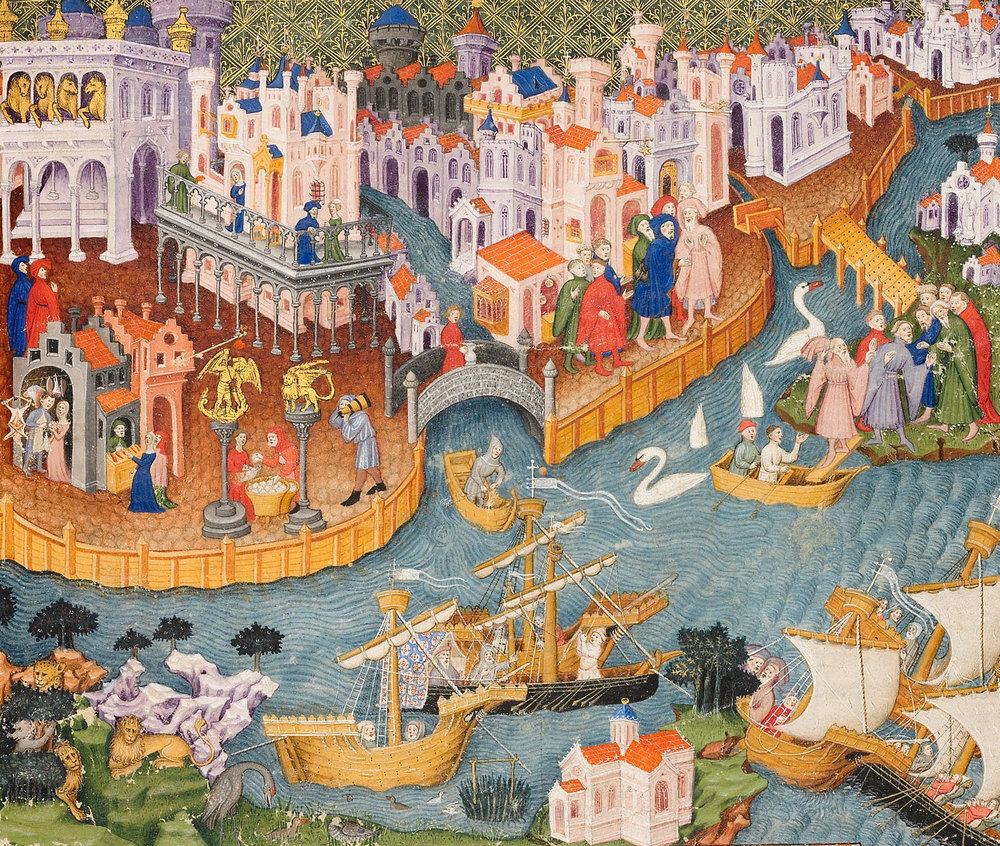
“Livres des Merveilles du Monde” 1300 | Marco Polo | Bodleian Libraries, University of Oxford
Today we break down consultations on titles relevant to the technology and management of the real assets of education communities in the United States specifically; but with sensitivity to the global education markets where thousands of like-minded organizations also provide credentialing, instruction, research, a home for local fine arts and sport.
We steer away from broad policy issues and steer toward technical specifics of public consultations presented by national member bodies of the International Electrotechnical Commission, the International Organization for Standardization, the International Telecommunications Union and the American National Standards Institute. If there is a likelihood that the titles published by these workgroups will be incorporated by reference into public safety or sustainability legislation; or integrated into the cost structure of education communities in any other way, we will listen carefully and contribute meaningfully where we can.
Vienna Convention on Diplomatic Relations | 1961
| “Even apart from the instability due to speculation, there is the instability due to the characteristic of human nature that a large proportion of our positive activities depend on spontaneous optimism rather than on a mathematical expectation, whether moral or hedonistic or economic. Most, probably, of our decisions to do something positive, the full consequences of which will be drawn out over many days to come, can only be taken as the result of animal spirits — a spontaneous urge to action rather than inaction, and not as the outcome of a weighted average of quantitative benefits multiplied by quantitative probabilities. Enterprise only pretends to itself to be mainly actuated by the statements in its own prospectus, however candid and sincere that prospectus may be. Only a little more than an expedition to the South Pole is it based on an exact calculation of benefits to come. Thus if the animal spirits are dimmed and the spontaneous optimism falters, leaving us to depend on nothing but a mathematical expectation, enterprise will fade and die; — though fears of loss may have a basis no more reasonable than hopes of profit had before.”
“The General Theory of Employment, Interest, and Money” — John Maynard Keynes, 1936 |
American National Standards Institute
Setting the standard: Grange members can be voice of rural users in standardization system
ISO/IEC/ITU coordination – Listing of New Work Items (New: Passwords Required)
New ANSI Education Initiative Supports the Next Generation of Standardization Leaders
International Code Council
2024/2025/2026 ICC CODE DEVELOPMENT SCHEDULE (3/17/2023)
International Electrotechnical Commission
International Electrotechnical Commission | CDV Consultations
IEC Open Consultations: 20 December
IEC 87th General Meeting | Cairo, 22 – 26 October
Results from IEC General Assembly 2022 | San Francisco
Extended Versions Certain standards are required to be read in tandem with another standard, which is known as a reference (or parent) document. The extended version (EXV) of an IEC Standard facilitates the user to be able to consult both IEC standards simultaneously in a single, easy-to-use document.
International Telecommunications Union
The case for standardizing homomorphic encryption
Outcomes of the ITU Plenipotentiary Conference
World Radiocommunication Conference
International Standardization Organization
How ISO codes connect the world
New partnership for ISO and ICC
Must-have skills for the green economy
A partial list of projects with which we have been engaged as an active participant; starting with the original University of Michigan enterprise in the late 1990’s and related collaborations with IEEE and others: (In BOLD font we identify committees with open consultations requiring a response from US stakeholders before next month’s Hello World! colloquium)
IEC/TC 8, et al System aspects of electrical energy supply
IEC/TC 22 Power electronic systems and equipment
IEC/TC 62 Electrical equipment in medical practice
IEC/TC 64 Electrical installations and protection against electric shock
IEC/TC 82 Solar photovoltaic energy systems
IEC/SYC Electrotechnical Aspects of Smart Cities
Standards Michigan Workspace for IEC/ITU Consultations
ISO/IEC JTC 1 Information Technology, et. al
ISO/TC 205 Building environmental design
ISO/TC 229 Nanotechnologies
ISO/TC 232 Education and Learning Services
ISO/TC 260 Human Resource Management
ISO/TC 267 Facility Management
ISO/TC 268 Sustainable cities and communities
ISO/TC 301 Energy management and energy savings
ISO/TC 304 Healthcare organization management
We collaborate with the appropriate ANSI US TAG; or others elsewhere in academia. We have begun tracking ITU titles with special attention to ITU Radio Communication Sector.
main( ) { printf("hello, world\n"); }
We have collaborations with Rijksuniversiteit Groningen, Sapienza – Università di Roma, Universität Zürich, Universität Potsdam, Université de Toulouse. Universidade Federal de Itajubá, University of Windsor, the University of Alberta, to name a few — most of whom collaborate with us on electrotechnology issues. Standards Michigan and its 50-state affiliates are (obviously) domiciled in the United States. However, and for most issues, we defer to the International Standards expertise at the American National Standards Institute
ANSI INTERACTIVE MAP: INTERNATIONAL TRADE & DEVELOPMENT
Use the login credentials at the upper right of our home page.
More
Data Point: Global Construction Market is Expected to Reach $11 trillion by 2031
General Public Participation in ANSI ISO Activities
March 2021 edition of the TMB Communiqué.
ISO/IEC Directives, Part 1, Consolidated ISO Supplement
International Electrotechnical Commission Annual Report 2019
ANSI Education & Training Overview
ITU Digital Technical Standards
* A “Hello, World!” program generally is a computer program that outputs or displays the message “Hello, World!”. Such a program is very simple in most programming languages (such as Python and Javascript) and is often used to illustrate the basic syntax of a programming language. It is often the first program written by people learning to code. It can also be used as a sanity test to make sure that a computer language is correctly installed, and that the operator understands how to use it.
Open consultations:
ISO FDIS 16473 Healthcare organization pandemic response information management standard | Comments due September 4th
VF_40_2025_-_Re-allocation_of_ISO_TC_304_ | Comments due July 17th
ISO_DIS 20364 Pandemic Response Standard Draft Open for Public Consultation Comments due July 1
ISO Healthcare Management Comments on Smart Hospital Standard due January 15
Send Mike a message to coordinate comments (maanthon@umich.edu)
ISO Technical Committees | ANSI (U.S. Participation in ISO Activities)
Many large research universities have significant medical research and healthcare delivery enterprises. The leadership of those enterprises discount the effect of standards like this at their peril. It is easy to visualize that this document will have as transformative effect upon the healthcare industry as the ISO 9000 series of management standards in the globalization of manufacturing.
Standardization in the field of healthcare organization management comprising, terminology, nomenclature, recommendations and requirements for healthcare-specific management practices and metrics (e.g. patient-centered staffing, quality, facility-level infection control, pandemic management, hand hygiene) that comprise the non-clinical operations in healthcare entities.
Excluded are horizontal organizational standards within the scope of:
Also excluded are standards relating to clinical equipment and practices, enclosing those within the scope of TC 198 Sterilization of health care products.
This committee is led by the US Technical Advisory Group Administrator —Ingenesis. The committee is very active at the moment, with new titles drafted, reviewed and published on a near-monthly basis,
DPAS ballot for ISO PAS 23617- Healthcare organization management: Pandemic response (respiratory) —Guidelines for medical support of socially vulnerable groups – Comments due 16 October
[Issue 14-99]
Contact: Lee Webster (lswebste@utmb.edu, lwebster@ingenesis.com), Mike Anthony (mike@standardsmichigan.com), Jack Janveja (jjanveja@umich.edu), Richard Robben (rrobben1952@gmail.com), James Harvey (jharvey@umich.edu), Christine Fischer (chrisfis@umich.edu), Dr Veronica Muzquiz Edwards (vedwards@ingenesis.com)
Category: Health, Global
More
ISO Focus Special Issue on Healthcare
ISO/TC 48 Laboratory equipment
ISO/TC 212 Clinical laboratory testing and in vitro diagnostic test systems
ISO/TC 198 Sterilization of health care products
Four years ago Mom made a surprise visit to the ‘Hyacinth Chen School of Nursing’. Was always her dream that young women, especially from poor families, fulfil theirs to become nurses. The students were ecstatic to actually see a lady they only knew as a painting on the wall. pic.twitter.com/LBHHCLVhKy
— Wayne Chen (@wcchen) June 1, 2022
United States Technical Advisory Group Administrator: INCITS
“Le Lac Léman ou Près d’Evian au lac de Genève” 1883 François BocionISO and IEC Joint Technical Committee 1 is the work center for international information and communications technology (ICT) standards that are relevant to education communities. In accordance with ISO/IEC JTC 1 and the ISO and IEC Councils, some International Standards and other deliverables are made freely available for standardization purposes.
Freely Available International Standards
We at least follow action, and sometimes contribute data and user-interest perspective, to the development of standards produced by several ANSI-accredited ICT standard developing organizations — ATIS, BICSI, IEEE, INCITS, TIA among them. US-based organizations may communicate directly with Lisa Rajchel, ANSI’s ISO/IEC JTC 1 Senior Director for this project: lrajchel@ansi.org. Our colleagues at other educational organizations should contact their national standards body.
We scan the status of Infotech and Cloud standards periodically and collaborate with a number of IEEE Societies. See our CALENDAR for the next online meeting; open to everyone.
More
The ISO/IEC Joint Technical Committee for Information Technology (JTC 1)
ISO/IEC JTC 1/SC 36 Information technology for learning, education and training
Department of Industry, Science and Resources
Tune in to our latest podcast ‘Building a global Quantum Industry: Explaining, Scaling and Standardising Quantum Technologies’ where experts draw upon quantum’s most exciting applications.https://t.co/dFun1MTkDE
— Standards Australia (@standardsaus) November 29, 2023
Evolution of the standards system in Australia is tracking the evolution of the United States standards system administered by the American National Standards Institute. In many economic sectors adherence to Australian Standards is mandated by legislation, however, access to the standards are often cost prohibitive, particularly to small business and sole traders.
Principal petitioner Andrew Gardso, an electrical engineer, states,
“This in essence will force small organisations and sole traders out of business or necessitate services being performed without having access to these standards.”
Access to Standards Australia Construction codes can cost more than $2673 for three years’ access to the National Construction Code set of standards. A petition to the Australian parliament’s House of Representatives seeks free or affordable access to essential standards that govern the safety and consistency of products services and systems, including design and construction.
Survey and Analysis of Current End-User Data Analytics Tool Support
Three ways Artificial Intelligence is transforming agriculture and food
*
Canadian Parliament Debate on Standards Incorporated by Reference
This week, we hosted the @IECStandards #smartcities committee in Sydney. Experts discussed smart tech and #sustainability to tackle #urbanchallenges. Discover more about our efforts to build resilient, sustainable cities: https://t.co/GOjoOBXoc9 pic.twitter.com/gvqvegx4km
— Standards Australia (@standardsaus) February 14, 2025
Abstract. Research problem: Readability equations are widely used to compute how well readers will be able to understand written materials. Those equations were usually developed for nontechnical materials, namely, textbooks for elementary, middle, and high schools. This study examines to what extent computerized readability predictions are consistent for highly technical material – selected Society of Automotive Engineers (SAE) and International Standards Organization (ISO) Recommended Practices and Standards relating to driver interfaces. Literature review: A review of original sources of readability equations revealed a lack of specific criteria in counting various punctuation and text elements, leading to inconsistent readability scores. Few studies on the reliability of readability equations have identified this problem, and even fewer have systematically investigated the extent of the problem and the reasons why it occurs. Research questions:
(1) Do the most commonly used equations give identical readability scores?
(2) How do the scores for each readability equation vary with readability tools?
(3) If there are differences between readability tools, why do they occur?
(4) How does the score vary with the length of passage examined?
Method: Passages of varying lengths from 12 selected SAE and ISO Recommended Practices and Standards were examined using five readability equations (Flesch-Kincaid Grade Level, Gunning Fog Index, SMOG Index, Coleman-Liau Index, and Automated Readability Index) implemented five ways (four online readability tools and Microsoft Word 2013 for Windows). In addition, short test passages of text were used to understand how different readability tools counted text elements, such as words and sentences. Results and conclusions: The mean readability scores of the passages from those 12 SAE and ISO Recommended Practices and Standards ranged from the 10th grade reading level to about 15th. The mean grade reading levels computed across the websites were: Flesch-Kincaid 12.8, Gunning Fog 15.1 SMOG 12.6, Coleman-Liau 13.7, and Automated Readability Index 12.3. Readability score estimates became more consistent as the length of the passage examined increased, with no noteworthy improvements beyond 900 words. Among the five readability tools, scores typically differed by two grade levels, but the scores should have been the same. These differences were due to how compound and hyphenated words, slashes, numbers, abbreviations and acronyms, and URLs were counted, as well other punctuation and text elements. These differences occurred because the sources for these equations often did not specify how to score various punctuation and text elements. Of the tools examined, the authors recommend Microsoft Word 2013 for Windows if the Flesch-Kincaid Grade Level is required.
ICYMI. The OED has recently been updated with:
new words, phrases and senses added
more than 1,000 entries revised
new audio files and pronunciation transcriptions from Northern England and North-Eastern England
and more!Learn more: https://t.co/JCLcZzTtEQ pic.twitter.com/FhdbPKxBVZ
— The OED (@OED) April 4, 2025
Virginia Woolf: pic.twitter.com/8IPw1Fmevk
— Dr. Maya C. Popa (@MayaCPopa) May 25, 2023
This content is accessible to paid subscribers. To view it please enter your password below or send mike@standardsmichigan.com a request for subscription details.
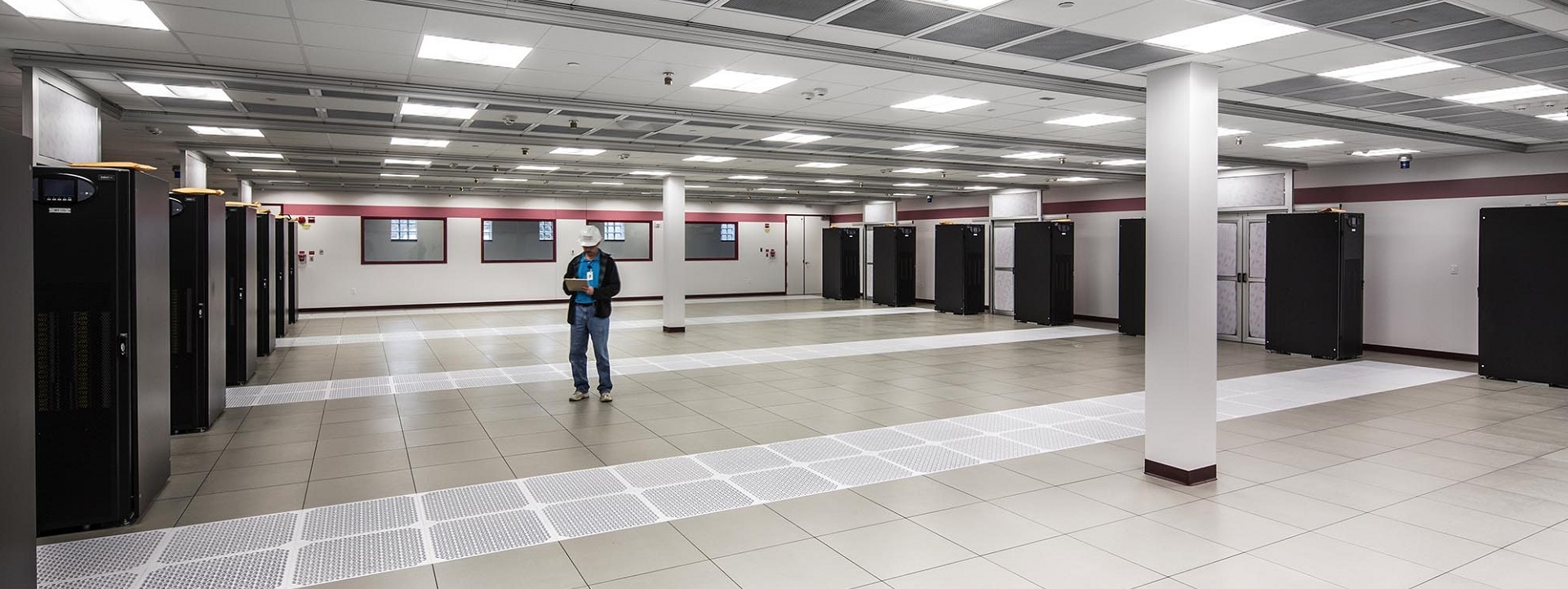

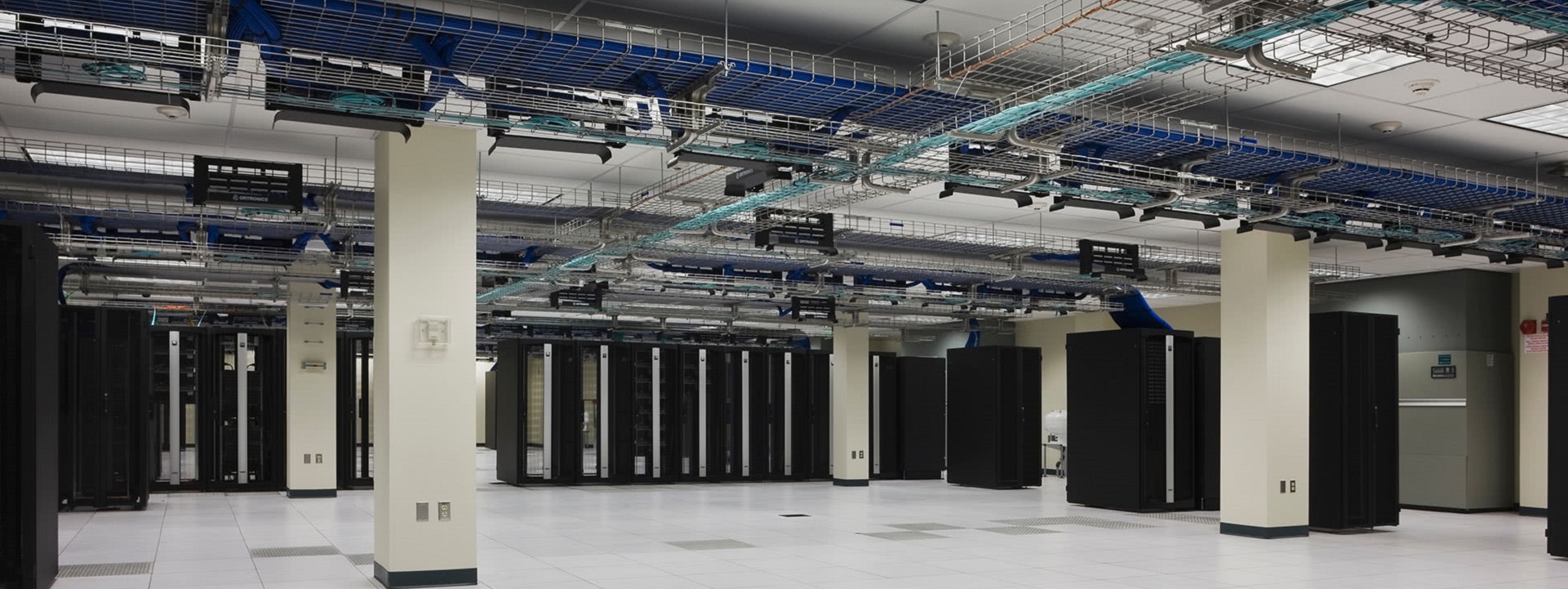
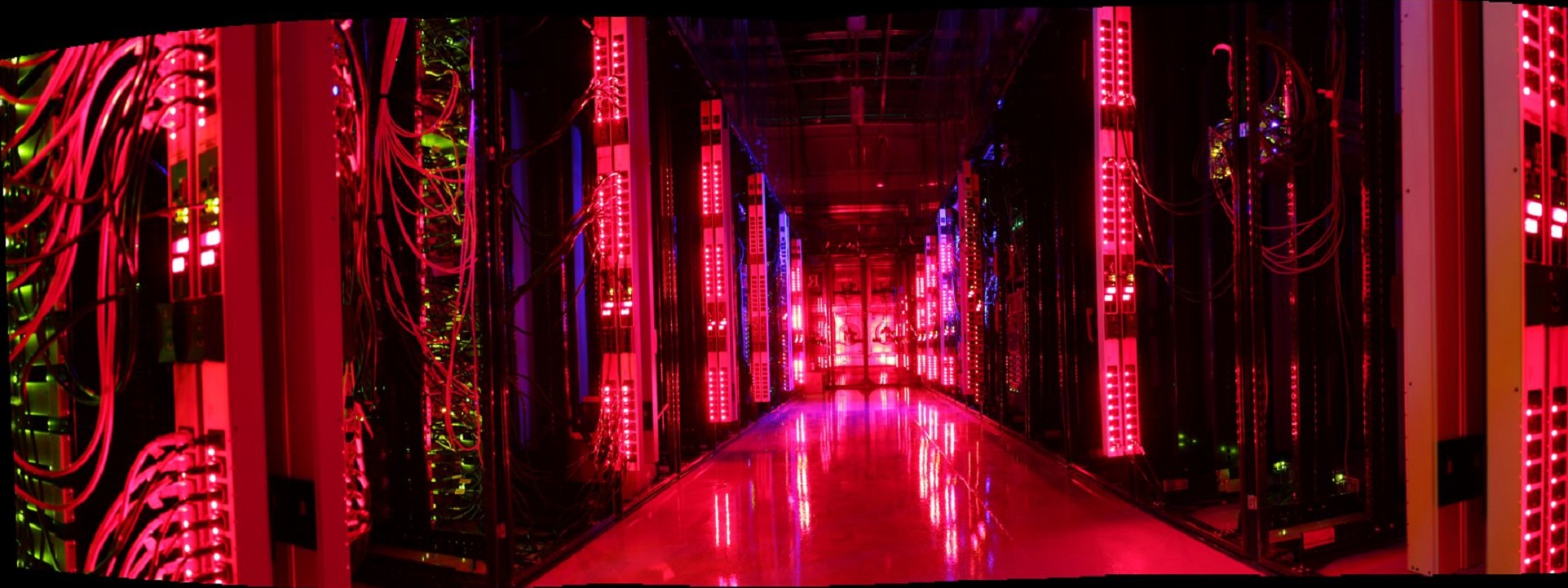
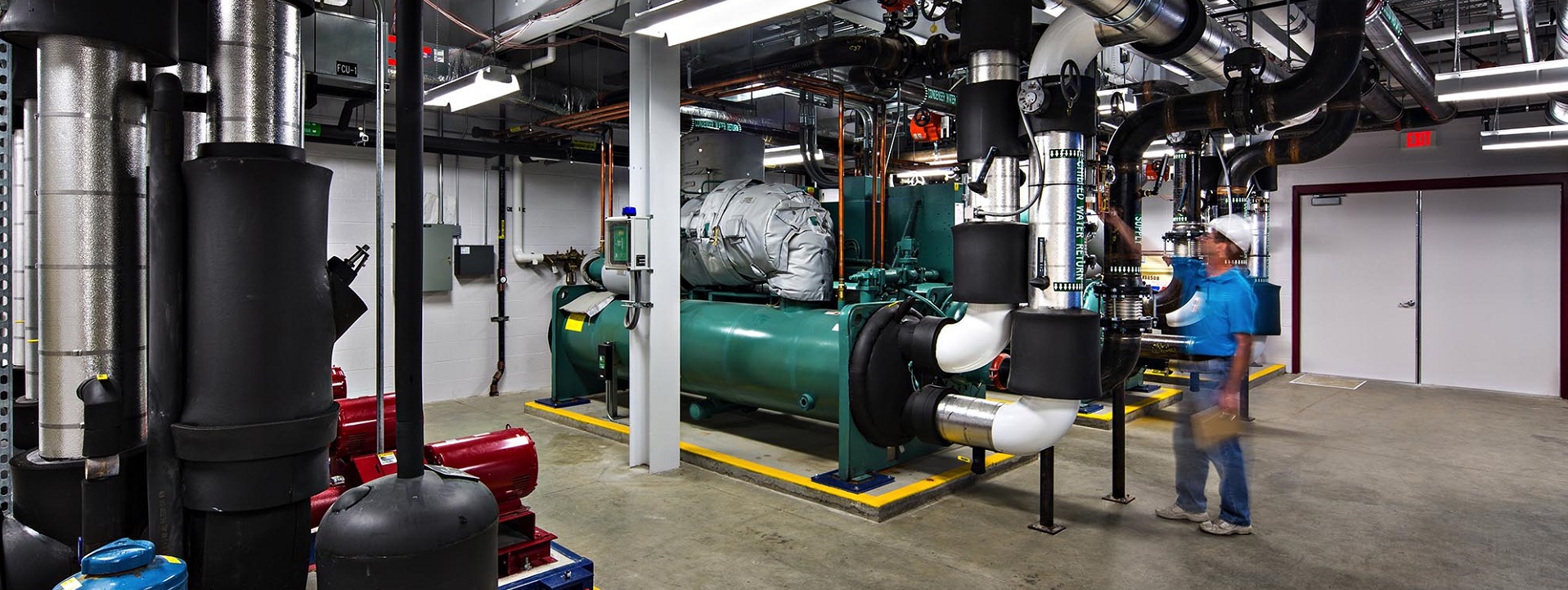
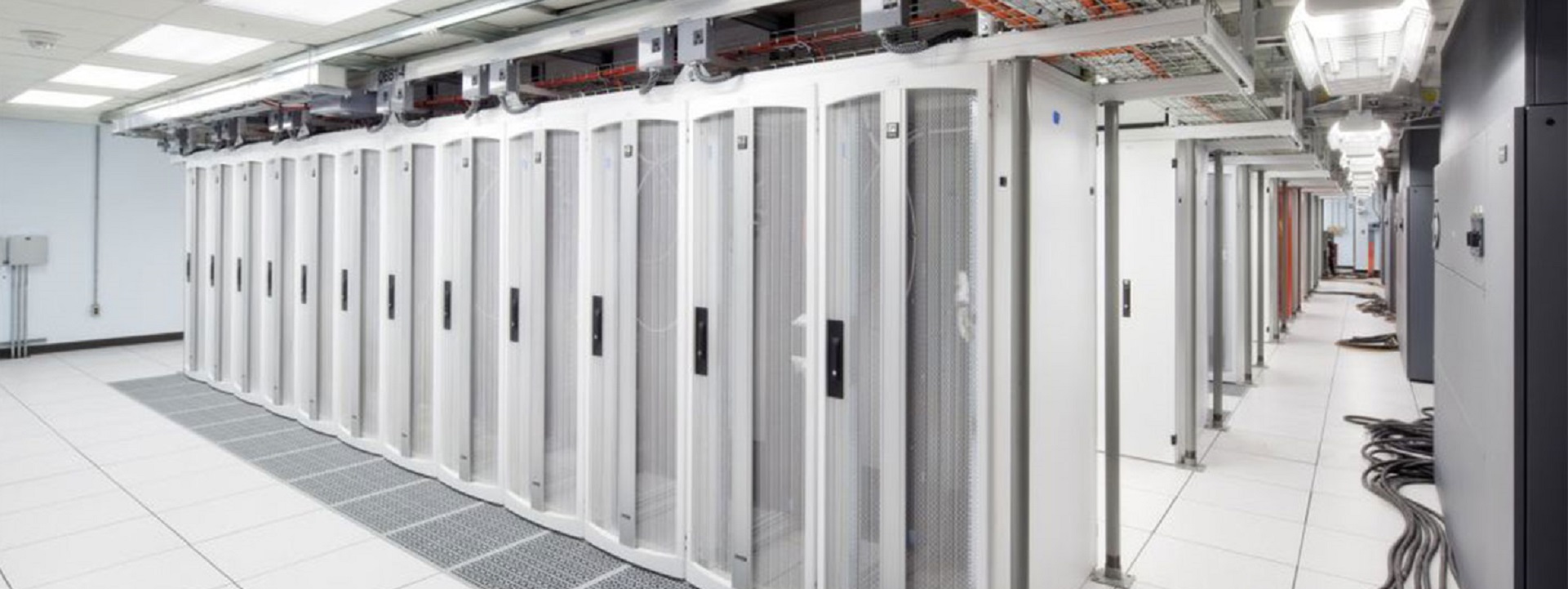
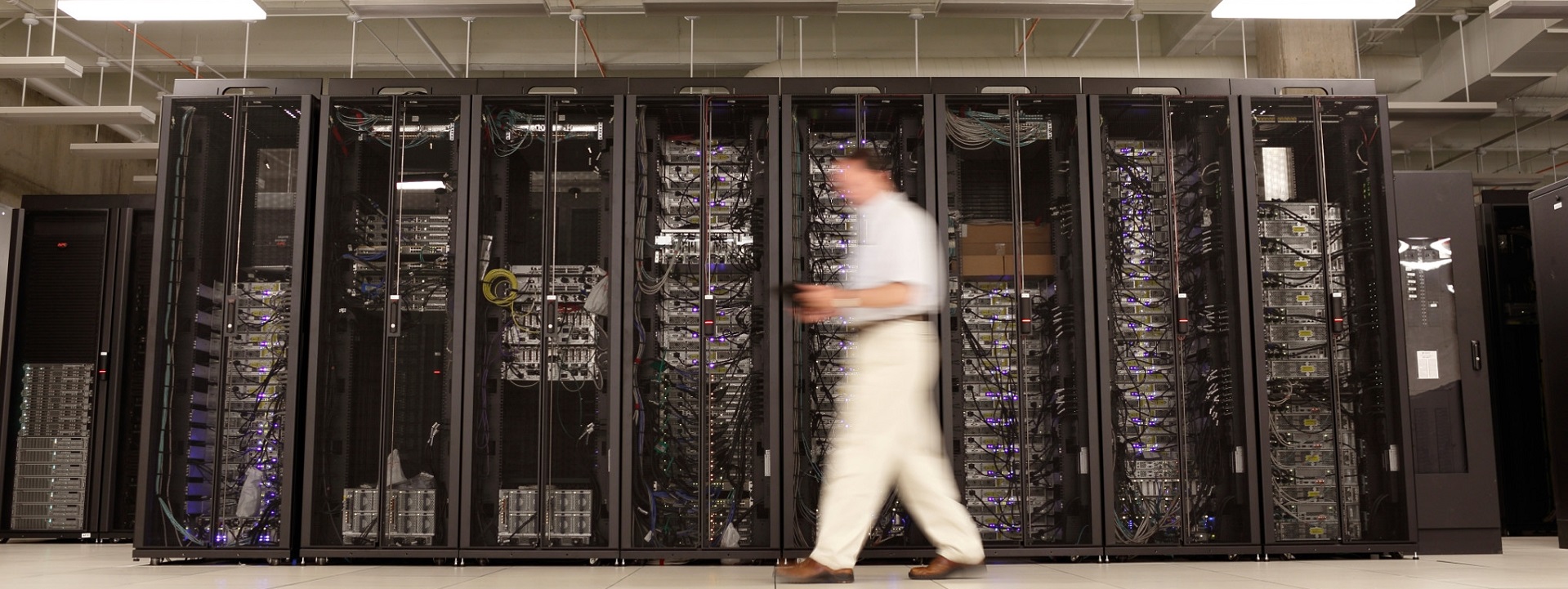
Data centers in colleges and universities are crucial for supporting the extensive technological infrastructure required for modern education and research. These centers house critical servers and storage systems that manage vast amounts of data, ensuring reliable access to academic resources, administrative applications, and communication networks. They enable the secure storage and processing of sensitive information, including student records, faculty research, and institutional data.
Uptime Institute Tier Classification
Moreover, data centers facilitate advanced research by providing the computational power needed for data-intensive studies in fields like bioinformatics, climate science, and artificial intelligence. They support virtual learning environments and online course management systems, essential for the increasingly prevalent hybrid and online education models. Efficient data centers also contribute to campus sustainability goals by optimizing energy use through modern, eco-friendly technologies.
ANSI/TIA 942 Data Center Infrastructure Standard
Additionally, robust data center infrastructure enhances the university’s ability to attract top-tier faculty and students by demonstrating a commitment to cutting-edge technology and resources. They also play a vital role in disaster recovery and business continuity, ensuring that educational and administrative functions can resume quickly after disruptions. Overall, data centers are integral to the academic mission, operational efficiency, and strategic growth of colleges and universities.
We have followed development of the technical standards that govern the success of these “installations” since 1993; sometimes nudging technical committees — NFPA, IEEE, ASHRAE, BICSI and UL. The topic is vast and runs fast so today we will review, and perhaps respond to, the public consultations that are posted on a near-daily basis. Use the login credentials at the upper right of our home page.
Related:
Ernst & Young LLP: Why there is no silver bullet for data center financing
Power Management For Data Centers Challenges And Opportunities
The RELLIS Data and Research Center will be a public – private development with Texas A&M University. The data center will be built on the new RELLIS Campus located in College Station, Texas. It will offer cloud storage and outstanding managed services. The RELLIS Academy and Research Lab offers the ability for Texas A&M University to give real world data center experience to both students and faculty.
International Building Code Chapter 23: Wood
Building schoolhouses with wood in the United States had significant practical and cultural implications, particularly during the 18th and 19th centuries. Wood was the most readily available and cost-effective material in many parts of the country. Abundant forests provided a plentiful supply, making it the logical choice for construction. The use of wood allowed communities to quickly and efficiently build schoolhouses, which were often the first public buildings erected in a new settlement.
Wooden schoolhouses were emblematic of the pioneering spirit and the value placed on education in early American society. These structures were often simple, reflecting the modest means of rural communities, but they were also durable and could be expanded or repaired as needed. The ease of construction meant that even remote and sparsely populated areas could establish schools, thereby fostering literacy and learning across the nation.
Moreover, wooden schoolhouses became cultural icons, representing the humble beginnings of the American educational system. They were often the center of community life, hosting social and civic events in addition to serving educational purposes. Today, preserved wooden schoolhouses stand as historical landmarks, offering a glimpse into the educational practices and community life of early America. Their construction reflects the resourcefulness and priorities of the early settlers who valued education as a cornerstone of their communities.
Building schoolhouses with wood presents several technical challenges, including durability, fire risk, maintenance, and structural limitations. Here are the key challenges in detail:
Despite these challenges, wooden schoolhouses were popular in the past due to the availability of materials and ease of construction. Addressing these technical challenges requires careful planning, use of modern materials and techniques, and regular maintenance to ensure the longevity and safety of wooden schoolhouses.
Related:
Eurocode 5 (EN 1995): Design of timber structures
Minimum Design Loads and Associated Criteria for Buildings and Other Structures
New update alert! The 2022 update to the Trademark Assignment Dataset is now available online. Find 1.29 million trademark assignments, involving 2.28 million unique trademark properties issued by the USPTO between March 1952 and January 2023: https://t.co/njrDAbSpwB pic.twitter.com/GkAXrHoQ9T
— USPTO (@uspto) July 13, 2023
Standards Michigan Group, LLC
2723 South State Street | Suite 150
Ann Arbor, MI 48104 USA
888-746-3670
